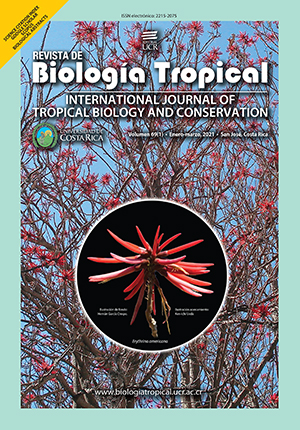Abstract
Introduction: Chlorophyll a concentration proxies the phytoplankton biomass which directly involves in signifying the production functions of aquatic ecosystem. Thus, it is imperative to understand their spatio-temporal kinetics in lotic environment with reference to regional climatic variabilities in the tropical inland waters. Objective: In-situ studies were conducted to examine the changes in phytoplankton biomass in lower Ganga basin as influenced by various environmental parameters under regional climatic variability during 2014-2016. Methods: Firstly, the most key influential environmental parameters on riverine Chl-a concentration were determined. Then the direct cascading effect of changing climatic variables on key environmental parameters were derived through modeling and quantified probable changes in mean Chl-a concentration in the lower stretch of river. Results: Only five environmental parameters namely water temperature, total dissolved solid, salinity, total alkalinity and pH were key factors influencing Chl-a (Multiple R2: 0.638, P < 0.05). Present estimates indicate that if the present rate of regional climatic variability over the last 3 decades (mean air temperature + 0.24 °C, total annual rainfall -196.3 mm) remain consistent over the next three decades (2015-2045), an increase in mean Chl-a by + 170 µgL-1 may likely be expected grossly reaching about 475.94 µg L-1 by the year 2045 or more. Conclusions: The present study is first such comprehending a gross hint towards the probable ecosystem response with an alternative model based methodology in data-deficient situations. Subsequently, the output would also be of great benefit for increase water governance and developing strategy protocol for sustainable water management for greater ecosystem services.
##plugins.facebook.comentarios##

This work is licensed under a Creative Commons Attribution 4.0 International License.
Copyright (c) 2021 Soma Das Sarkar, Uttam Kumar Sarkar, Malay Naskar, Koushik Roy, Arun Kumar Bose, Subir Kumar Nag, Gunjan Karnatak, Basanta Kumar Das



